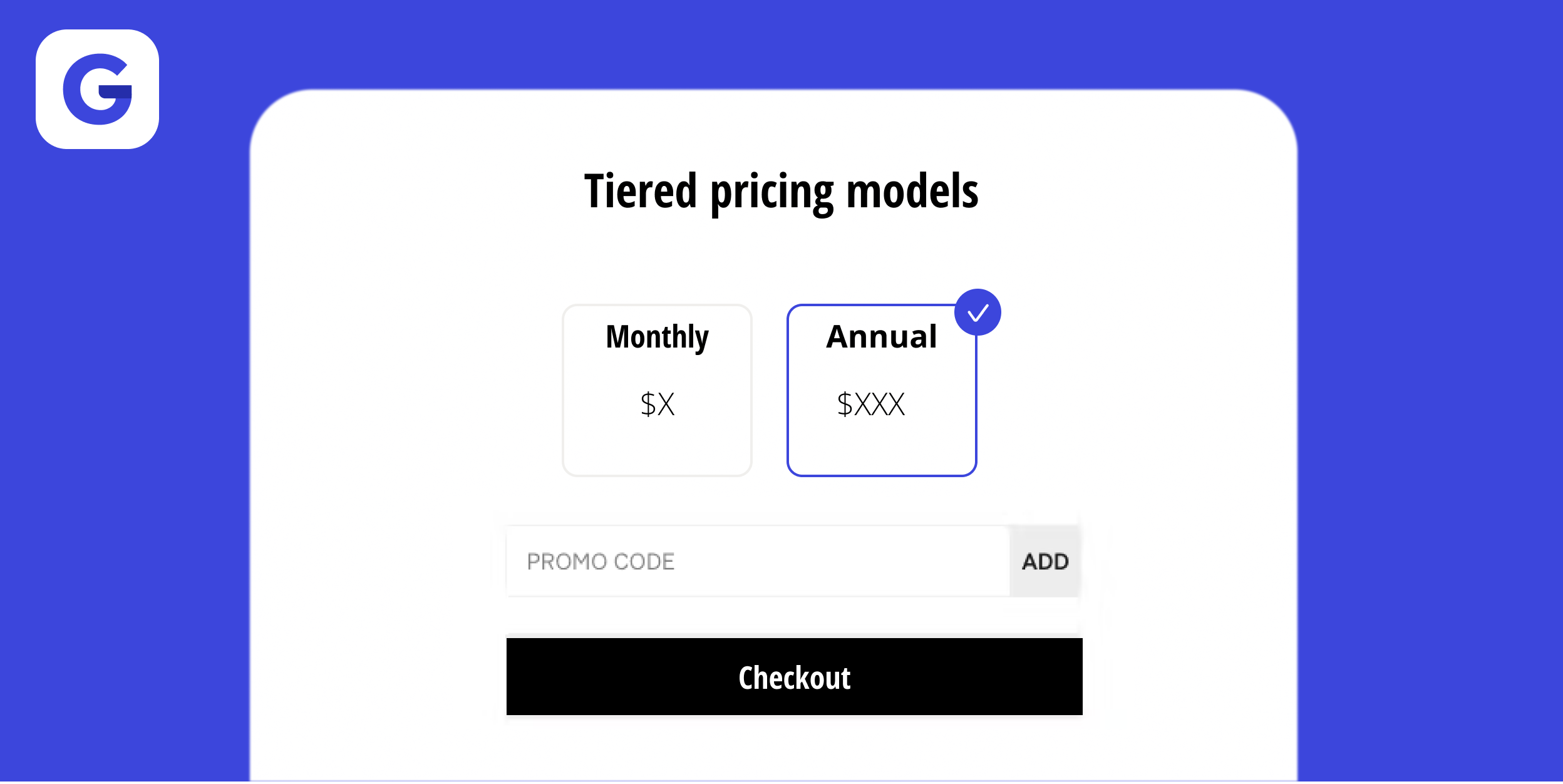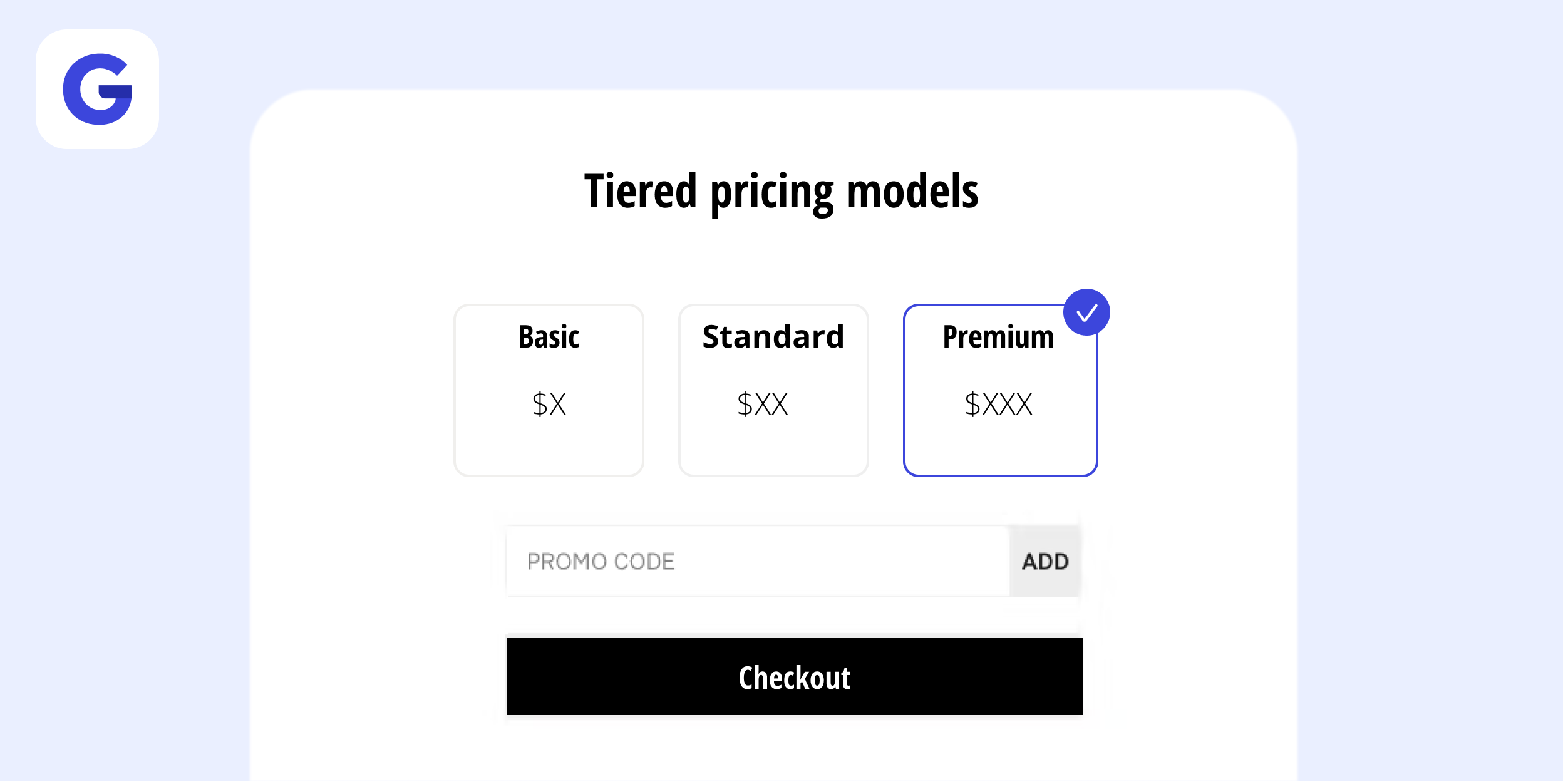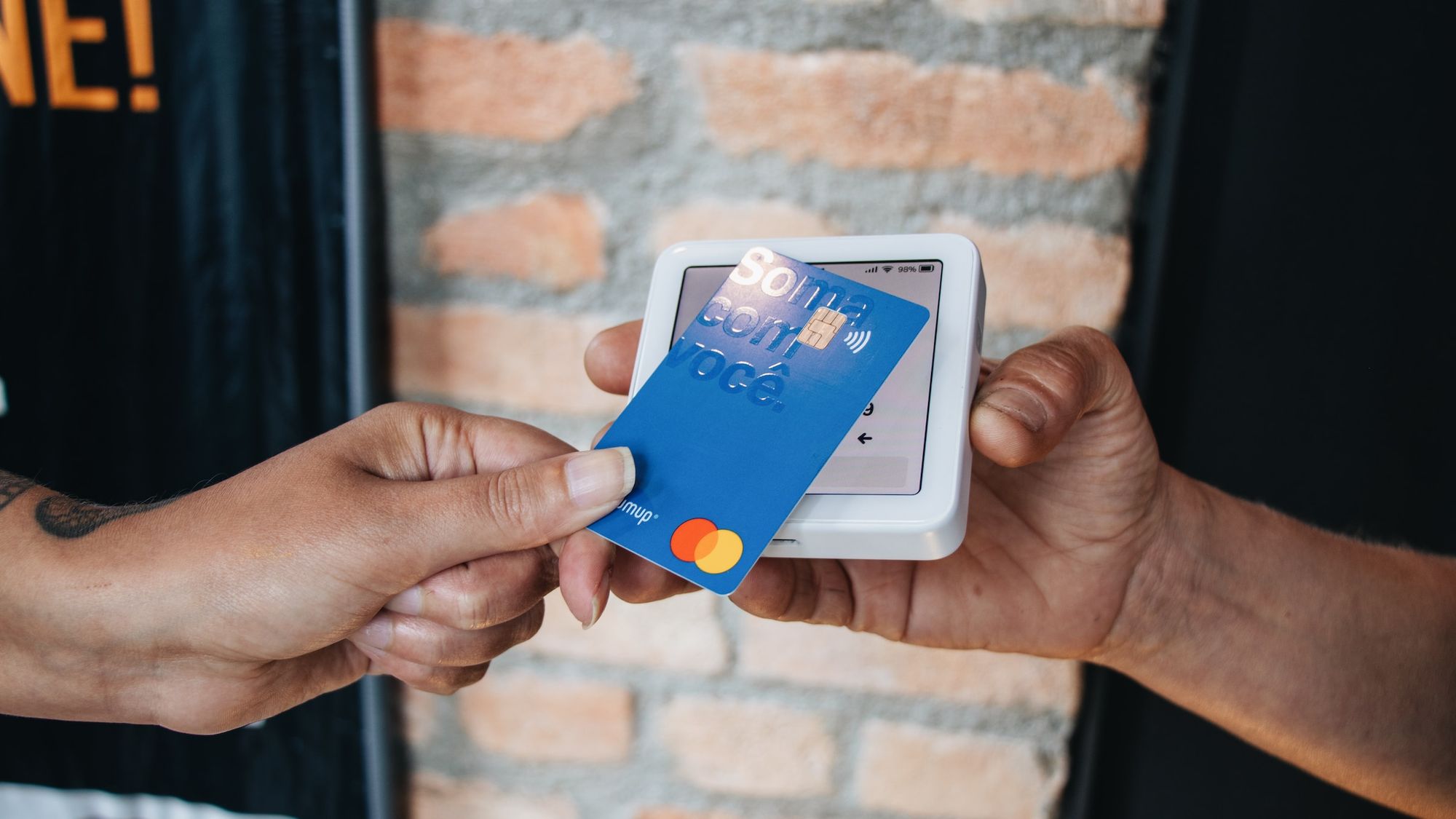
What Is Payment Orchestration?
As the world becomes increasingly digital, the way we make payments is also evolving. Traditional payment processes are being replaced by more efficient and integrated solutions. One such solution is payment orchestration, a term that may be unfamiliar to many but is crucial for businesses operating in the digital realm. In this blog post, we will delve into the concept of payment orchestration, its importance, key components, implementation strategies, and future trends. Whether you are a busi
by Growpay
As the world becomes increasingly digital, the way we make payments is also evolving. Traditional payment processes are being replaced by more efficient and integrated solutions. One such solution is payment orchestration, a term that may be unfamiliar to many but is crucial for businesses operating in the digital realm.
In this blog post, we will delve into the concept of payment orchestration, its importance, key components, implementation strategies, and future trends. Whether you are a business owner looking to optimize your payment processes or simply curious about the latest developments in the payments industry, this post will provide you with valuable insights.
First, we will explore the importance of payment orchestration. This includes enhanced payment efficiency, improved customer experience, and better risk management. By understanding these benefits, you will realize why payment orchestration is a game-changer in the world of digital transactions.
Next, we will dive into the key components of payment orchestration. This includes payment gateways, payment service providers (PSPs), payment methods, and risk and fraud management. Understanding these components will help you grasp the complexity of payment orchestration and how it streamlines the payment process.
Implementing payment orchestration involves choosing the right provider, integrating with existing systems, and thorough testing and troubleshooting. We will discuss each of these aspects in detail, providing you with a comprehensive guide to successfully implementing payment orchestration in your business.
Lastly, we will explore the future trends in payment orchestration. We will discuss the impact of emerging technologies, such as blockchain and artificial intelligence, on payment processes. Additionally, we will analyze the importance of adapting to changing consumer preferences and the regulatory challenges and opportunities that come with payment orchestration.
By the end of this blog post, you will have a clear understanding of payment orchestration and its significance in the digital age. Whether you are a business owner, a payments professional, or simply interested in the world of payments, this post will equip you with the knowledge to stay ahead in the ever-evolving payments landscape. So let's dive in and unravel the world of payment orchestration together!
Introduction to Payment Orchestration
Payment orchestration is a concept that has gained significant attention in the world of digital payments. To understand payment orchestration, it is important to first grasp the traditional payment landscape and the challenges it presents.
In the past, businesses would typically integrate directly with individual payment providers and gateways, resulting in a complex and fragmented payment infrastructure. Each payment method would require separate integration, leading to a time-consuming and resource-intensive process. Additionally, managing multiple payment providers and gateways would often result in a lack of transparency and control over the payment flow.
Payment orchestration aims to address these challenges by providing a centralized platform that seamlessly connects businesses with various payment providers and payment methods. It acts as a middle layer between the merchant's systems and the diverse range of payment options available in the market.
By consolidating and standardizing payment processes, payment orchestration simplifies the payment flow for businesses and enables them to accept a wide range of payment methods, such as credit cards, digital wallets, bank transfers, and more. This streamlined approach not only improves operational efficiency but also enhances the customer experience by offering a seamless and convenient payment journey.
Moreover, payment orchestration goes beyond simply routing payments. It also incorporates features like risk and fraud management, reporting and analytics, reconciliation, and settlement. These additional functionalities empower businesses to effectively manage their payment operations, mitigate risks, and gain valuable insights into transaction data.
Overall, payment orchestration is revolutionizing the way businesses handle payments. By providing a centralized and efficient solution, it enables merchants to optimize their payment processes, enhance customer satisfaction, and drive business growth. In the following sections, we will explore the importance of payment orchestration in more detail and delve into its key components.
The Importance of Payment Orchestration
Payment orchestration plays a vital role in the digital payments landscape, offering numerous benefits for businesses and customers alike. In this section, we will explore the importance of payment orchestration in detail, focusing on its impact on payment efficiency, customer experience, and risk management.
Enhanced Payment Efficiency
One of the primary reasons why payment orchestration is important is its ability to streamline and optimize payment processes. By consolidating various payment methods and providers into a single platform, businesses can simplify their payment infrastructure, reducing complexity and improving operational efficiency.
Payment orchestration enables businesses to seamlessly integrate with multiple payment service providers (PSPs) and payment gateways, eliminating the need for separate integrations for each payment method. This centralized approach simplifies the management of payment flows, reduces technical complexities, and minimizes the time and resources required to implement and maintain payment systems.
Furthermore, payment orchestration allows businesses to leverage smart routing capabilities. This ensures that each transaction is routed through the most optimal payment provider based on factors such as cost, availability, and performance. By automatically selecting the best payment option, businesses can minimize transaction failures, optimize processing times, and reduce costs associated with payment processing.
Improved Customer Experience
In today's highly competitive market, providing a seamless and convenient payment experience is essential for customer satisfaction and retention. Payment orchestration plays a crucial role in enhancing the customer experience by offering a wide range of payment methods and a smooth payment journey.
With payment orchestration, businesses can easily integrate various payment methods, including credit cards, digital wallets, bank transfers, and alternative payment options. This flexibility allows customers to choose their preferred payment method, increasing convenience and reducing friction in the payment process. By catering to diverse customer preferences, businesses can attract a wider customer base and drive higher conversion rates.
Moreover, payment orchestration ensures a consistent and unified payment experience across different channels, such as e-commerce websites, mobile apps, and brick-and-mortar stores. This seamless omnichannel experience enhances customer trust and loyalty, as customers can expect a consistent payment process regardless of their chosen channel.
Better Risk Management
Fraud and risk management are critical aspects of any payment ecosystem. Payment orchestration provides businesses with robust risk management tools and capabilities to protect against fraudulent activities and mitigate risks.
By centralizing payment processes and integrating risk management functionalities, payment orchestration platforms can effectively monitor and detect suspicious transactions in real-time. Advanced fraud prevention mechanisms, such as machine learning algorithms and behavioral analytics, can identify patterns and anomalies, allowing businesses to take proactive measures to prevent fraudulent activities.
Furthermore, payment orchestration enables businesses to implement strong authentication measures, such as 3D Secure, to enhance transaction security and reduce the risk of unauthorized transactions. This helps protect both the business and the customers from potential financial losses and reputational damage.
In summary, the importance of payment orchestration cannot be overstated. It offers enhanced payment efficiency, improved customer experience, and better risk management capabilities. By embracing payment orchestration, businesses can optimize their payment processes, attract more customers, and safeguard against fraud, ultimately driving growth and success in the digital payments landscape.
Key Components of Payment Orchestration
Payment orchestration is comprised of several key components that work together to create a seamless and efficient payment ecosystem. In this section, we will explore these components in detail, providing insights into payment gateways, payment service providers (PSPs), payment methods, and risk and fraud management.
Payment Gateways
Payment gateways act as the bridge between businesses and payment networks, facilitating the secure transmission of transactional data. They play a crucial role in authorizing and processing payments, ensuring that funds are transferred from the customer's account to the merchant's account.
Payment gateways handle various tasks, including encryption of sensitive data, authentication of transactions, and communication with the relevant financial institutions. They provide the necessary infrastructure to securely transmit payment information between the customer, the merchant, and the payment networks.
In the context of payment orchestration, payment gateways are integrated into a centralized platform, allowing businesses to connect with multiple payment providers and access a wide range of payment methods through a single interface. This consolidation simplifies the management of payment flows and reduces the technical complexities associated with integrating and maintaining multiple payment gateways.
Payment Service Providers (PSPs)
Payment service providers play a crucial role in facilitating the processing of payments. They act as intermediaries between the merchant and the various payment methods, enabling businesses to accept payments from customers using different payment options.
PSPs offer a range of services, including transaction processing, payment gateway integration, fraud detection, and reporting. They handle the technical aspects of payment processing, allowing businesses to focus on their core operations.
In the context of payment orchestration, businesses can integrate with multiple PSPs through a centralized platform. This integration provides access to a wide range of payment methods and enables businesses to manage transactions and reconcile payments more efficiently.
Payment Methods
Payment methods refer to the various ways through which customers can make payments for goods or services. These methods can include credit cards, debit cards, digital wallets, bank transfers, mobile payments, and alternative payment options.
Payment orchestration allows businesses to accept a diverse range of payment methods by integrating with multiple payment providers. This flexibility enables businesses to cater to the preferences of their customers, providing them with a seamless and convenient payment experience.
By offering a wide selection of payment methods, businesses can increase conversion rates, improve customer satisfaction, and expand their customer base.
Risk and Fraud Management
Risk and fraud management is a critical component of payment orchestration. It involves implementing measures to detect and prevent fraudulent activities, ensuring the security and integrity of payment transactions.
Payment orchestration platforms incorporate robust risk and fraud management tools, including real-time transaction monitoring, fraud detection algorithms, and rule-based risk assessments. These tools help businesses identify and mitigate potential risks, such as unauthorized transactions, suspicious activities, and fraudulent patterns.
By integrating risk and fraud management capabilities into the payment orchestration platform, businesses can protect themselves and their customers from financial losses and reputational damage. They can also comply with industry regulations and standards related to payment security.
In summary, the key components of payment orchestration include payment gateways, payment service providers, payment methods, and risk and fraud management. These components work together to create a unified and efficient payment ecosystem, enabling businesses to accept a wide range of payment options, manage transactions effectively, and mitigate risks associated with fraudulent activities.
Implementing Payment Orchestration
Implementing payment orchestration requires careful planning and consideration. In this section, we will explore the key steps involved in implementing payment orchestration, including choosing the right payment orchestration provider, integrating with existing systems, and testing and troubleshooting the implementation.
Choosing the Right Payment Orchestration Provider
Selecting the right payment orchestration provider is crucial for a successful implementation. Here are some factors to consider when choosing a provider:
- Compatibility - Ensure that the provider's solution is compatible with your existing systems and technology infrastructure. Compatibility is essential for smooth integration and seamless operation.
- Scalability - Consider the scalability of the provider's solution. As your business grows, you need a payment orchestration platform that can handle increasing transaction volumes and support new payment methods.
- Security - Payment security is paramount. Assess the provider's security measures, including encryption protocols, compliance with industry standards, and fraud prevention capabilities.
- Payment Method Coverage - Evaluate the payment methods supported by the provider. Ensure that they align with your target market and customer preferences.
- Integration Ease - Look for a provider that offers easy integration options, including APIs, plugins, and SDKs. Smooth integration reduces implementation time and effort.
- Support and Maintenance - Consider the level of support and maintenance provided by the provider. Prompt and reliable support is essential to address any issues or concerns that may arise during implementation and operation.
Integration with Existing Systems
Once you have chosen a payment orchestration provider, the next step is to integrate their solution with your existing systems. This integration process involves:
- API Integration - Utilize the provider's APIs to connect your systems with the payment orchestration platform. APIs allow for seamless data exchange and transaction processing.
- Data Mapping - Map your existing data fields to the corresponding fields in the payment orchestration platform. This ensures that data is accurately transmitted and processed.
- Customization - Customize the payment orchestration platform to align with your branding and user experience requirements. This may involve modifying the checkout flow, adding custom fields, or integrating with other systems, such as CRM or ERP.
- Testing - Conduct thorough testing to ensure that the integration is functioning correctly. Test various payment scenarios, including successful transactions, failed transactions, and error handling.
Testing and Troubleshooting
Testing is a crucial phase in the implementation of payment orchestration. It ensures that the system is functioning as intended and that all payment processes are working smoothly. Here are some important aspects of testing:
- Functional Testing - Test the end-to-end functionality of the payment orchestration system, including payment method selection, transaction processing, and error handling.
- Security Testing - Perform security assessments to identify vulnerabilities and ensure that the system is secure against potential threats and attacks.
- Performance Testing - Conduct stress and load testing to assess the system's performance under high transaction volumes. This helps identify any bottlenecks or performance issues.
- User Acceptance Testing - Involve end-users in the testing process to gather feedback on the payment experience and identify any usability issues.
During the testing phase, it is essential to monitor and track any issues or errors that arise. Implement a troubleshooting process to quickly address and resolve any issues to ensure a smooth and successful implementation.
By following these implementation steps, businesses can effectively integrate payment orchestration into their existing systems, ensuring a seamless payment experience for both merchants and customers.
Future Trends in Payment Orchestration
Payment orchestration is a dynamic field that continues to evolve with advancements in technology and changes in consumer behavior. In this section, we will explore some of the future trends in payment orchestration, including the impact of emerging technologies, adapting to changing consumer preferences, and the regulatory challenges and opportunities that lie ahead.
Impact of Emerging Technologies
- Blockchain Technology - Blockchain has the potential to revolutionize payment processes by providing secure and transparent transactions. It enables decentralized and immutable payment records, reducing the need for intermediaries and increasing transaction speed and security.
- Artificial Intelligence (AI) - AI-powered algorithms can enhance payment orchestration by improving fraud detection and prevention. Machine learning algorithms can analyze vast amounts of data to identify patterns and anomalies, enabling businesses to proactively address potential risks.
- Internet of Things (IoT) - IoT devices can play a role in payment orchestration by enabling seamless and secure payments through connected devices. For example, smart home devices or wearable devices can facilitate frictionless payments, eliminating the need for physical cards or manual inputs.
Adapting to Changing Consumer Preferences
- Mobile Payments - With the increasing adoption of smartphones, mobile payments are becoming more prevalent. Payment orchestration needs to adapt to support various mobile payment methods, such as mobile wallets, QR codes, and in-app payments.
- Contactless Payments - Contactless payments, enabled by technologies like Near Field Communication (NFC) and Quick Response (QR) codes, are gaining popularity due to their convenience and speed. Payment orchestration should incorporate support for contactless payment methods to meet consumer expectations.
- Subscription-based Payments - The rise of subscription-based business models necessitates payment orchestration solutions that can handle recurring payments seamlessly. Businesses need to integrate with payment providers that support subscription billing and offer automated payment management.
As payment orchestration continues to evolve, businesses must stay abreast of these future trends. By embracing emerging technologies, adapting to changing consumer preferences, and navigating regulatory challenges, businesses can leverage payment orchestration to drive innovation, improve customer experiences, and stay competitive in the evolving payments landscape.
About Growpay
Growpay is an online marketplace, helping simplify payment discovery for businesses worldwide. For more information, visit www.growpay.co.
Relevant Articles

Understanding Subscription Billing Solutions
Subscription billing has become increasingly popular in recent years, with more and more businesses adopting this model to offer their products or services. From streaming platforms to software companies, subscription-based business models have proven to be successful and profitable. However, managing subscription billing can be complex and time-consuming without the right solution in place. In this blog post, we will dive deep into the world of subscription billing solutions and explore why bu

Why Businesses Need Recurring Billing Software in 2024
In today's fast-paced business environment, businesses are constantly looking for ways to optimize their processes and improve their bottom line. One area where efficiency can be greatly enhanced is in billing and payment management. Recurring billing software offers a powerful solution for businesses that have recurring revenue streams, such as subscription-based services or membership programs. With the ability to automate invoicing, manage subscriptions, and integrate with multiple payment g

What is a Payment Gateway and Why Your Business Needs One
Any business that accepts cashless transactions needs a payment gateway. A payment gateway is a tool that captures card information and securely transfers payment data from a customer to the acquirer, and then transfers the payment acceptance or decline back to the customer. If approved, the funds transfer to your business account. Why do you need a payment gateway? A payment gateway is necessary to validate a customer’s card details securely, ensuring funds are available for the purchase — s